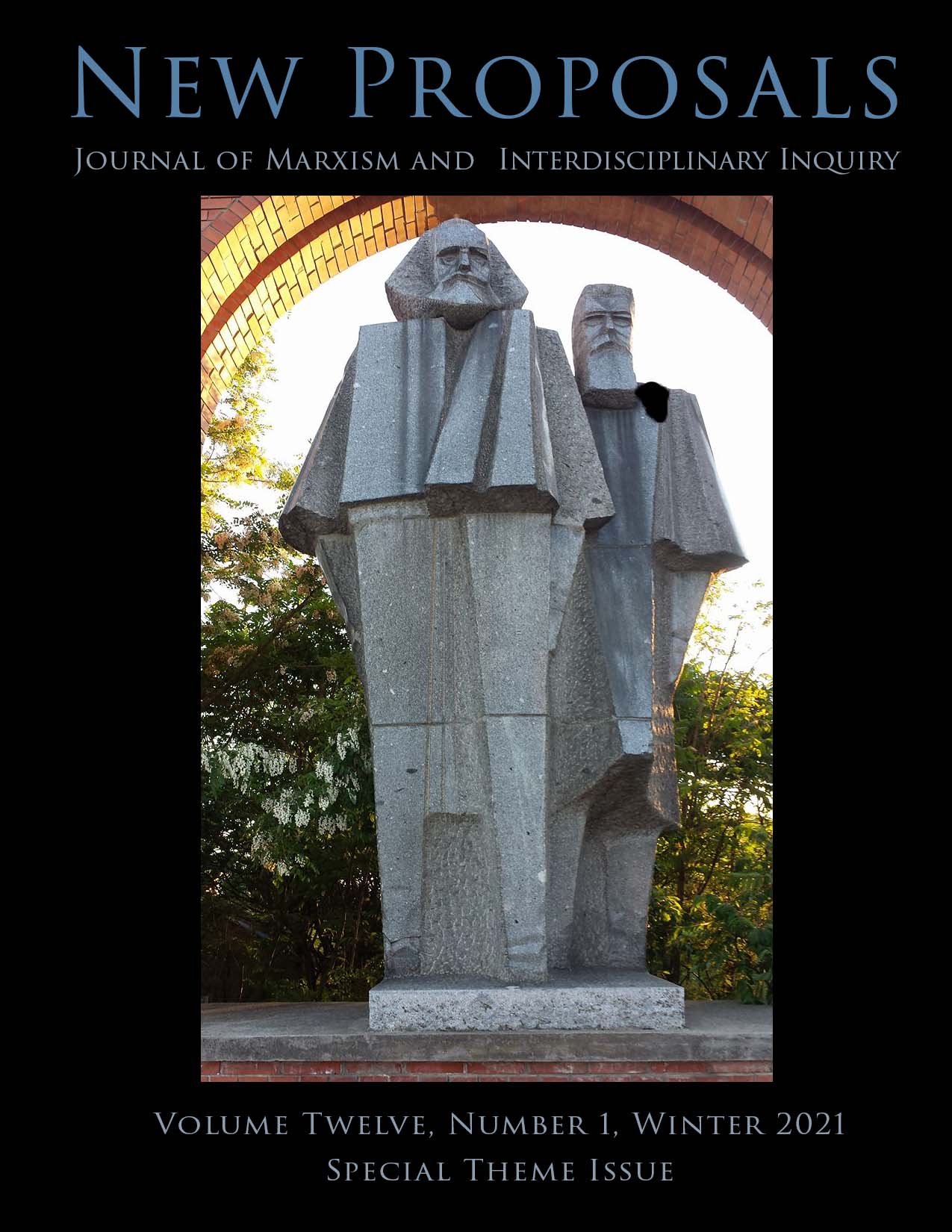Transhumanism as the Evolution of the Real Subsumption of Labour Under Capital
Abstract
In the fight of living against dead labor, dead labor has consistently demonstrated a cunning ability to convert losses into victories. The enforcement of labor laws in key industrialized states in the 1860s, an apparent victory for the living, saw capital shift from absolute to relative surplus-value production, which was in the end a more efficient means to procure unremunerated value. In the mid-1900s (again in key nations) living labor won a greater “standard of living”: capital turned consumption into immaterial production, and generated a cunning stream of value creation that living labor engaged in without coercion or wages. Hardt and Negri call this (and the commodification of other realms of life) the real subsumption of society under capital. In our century, living labor is aiming higher, at a “pleasure existence” free of pain and death. A Marxist analysis of transhumanism ought to focus on the potentiality for the transhuman state to be one of constant unremunerated value creation. Kurzweil invites us to welcome nanobots into our bodies, or to climb out of our bodies into drones or even entirely digital worlds. Yet if there is a still a battle waging between living and dead labor we should be wary of the colonization of our bodies by technoscientific capital and should eschew abandoning our bodies—if this represents the total absorption of living labor (which will no longer technically “live”) into dead labor qua digital capital.Downloads
Published
2022-01-06
Issue
Section
Transhumanist/Marxist Explorations
License
Copyright (c) 2021 Lachlan Ross

This work is licensed under a Creative Commons Attribution-NonCommercial 4.0 International License.
Copyright for articles published in this journal is retained by the authors, with first publication rights granted to the journal. By virtue of their appearance in this open access journal, articles are free to use, with proper attribution, in educational and other non-commercial settings.
